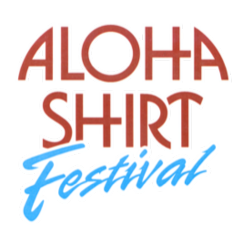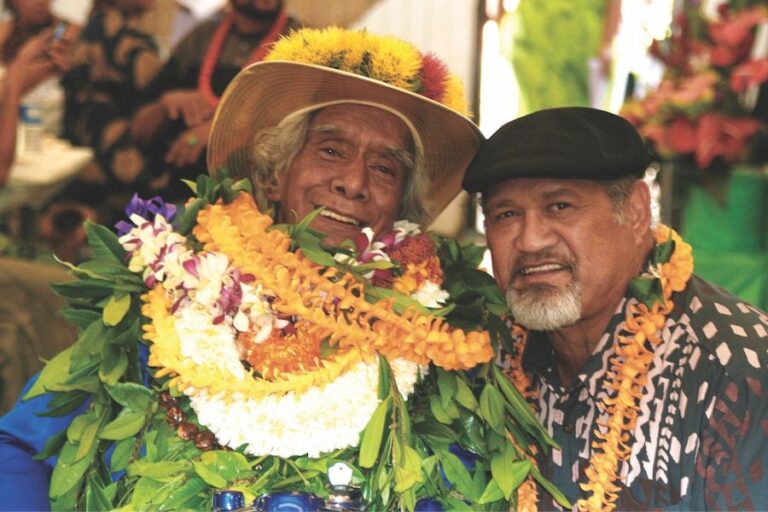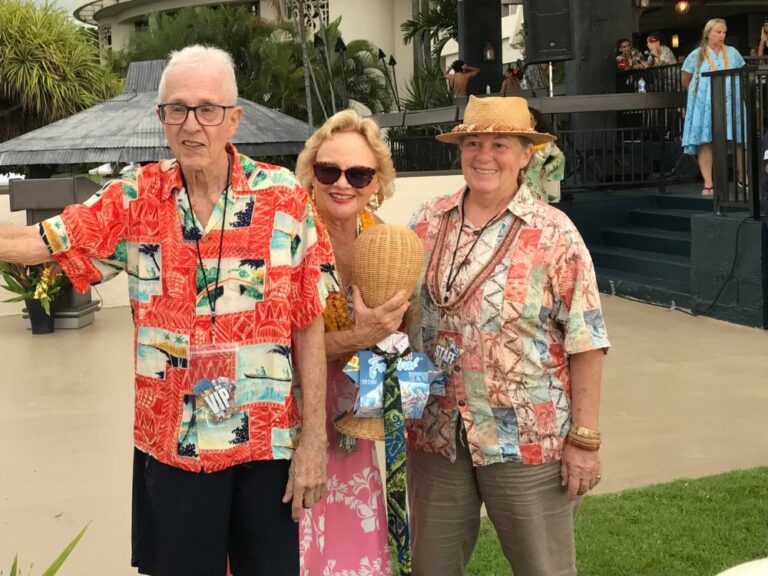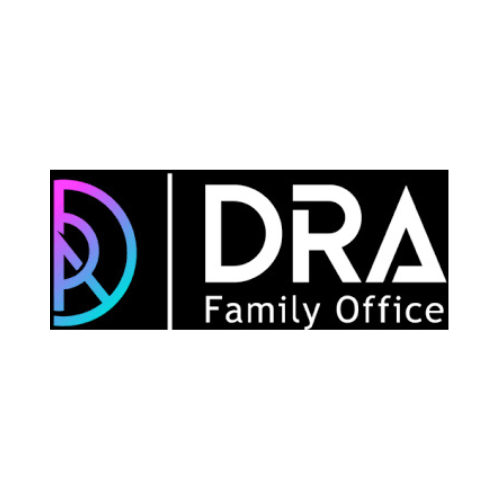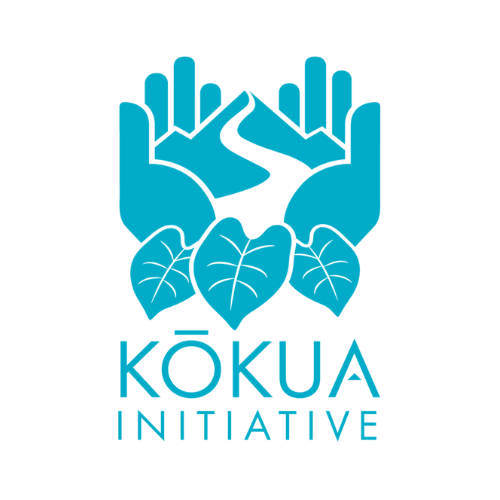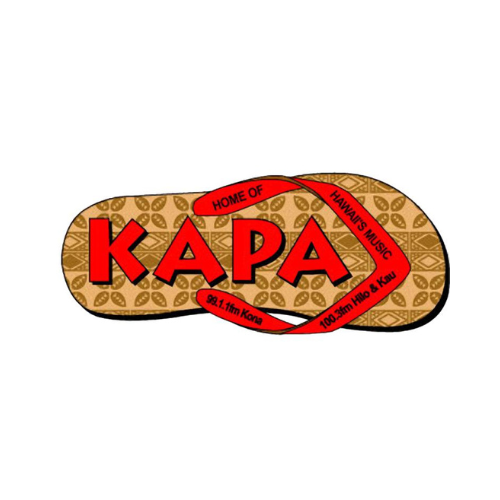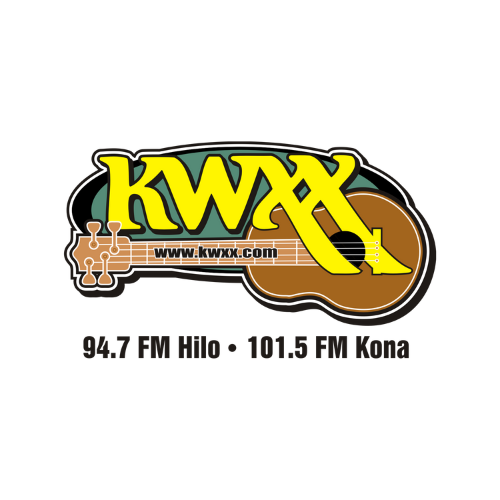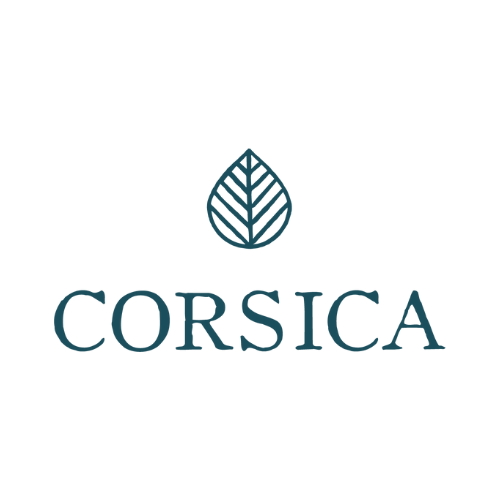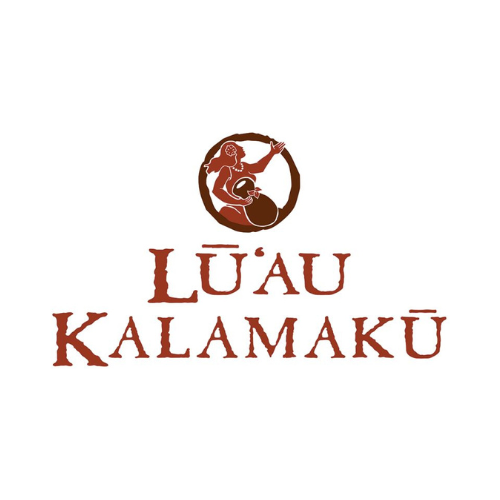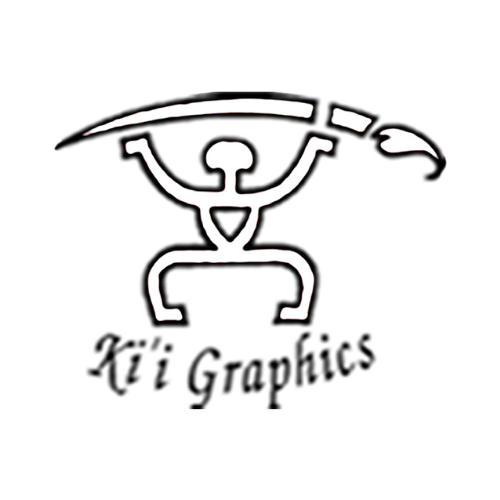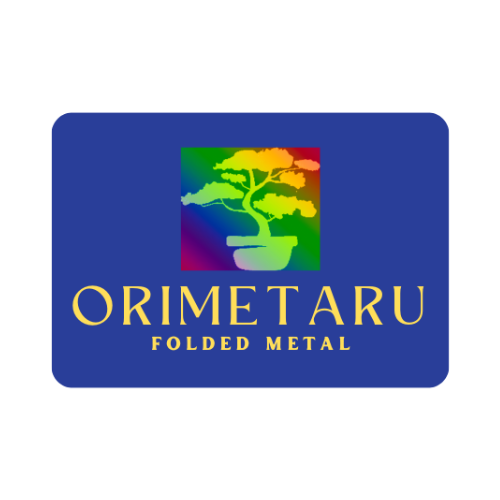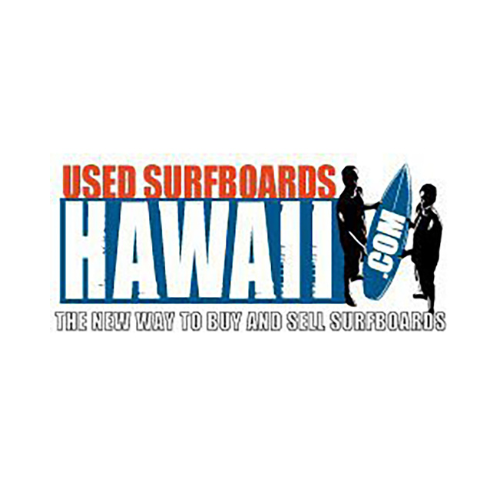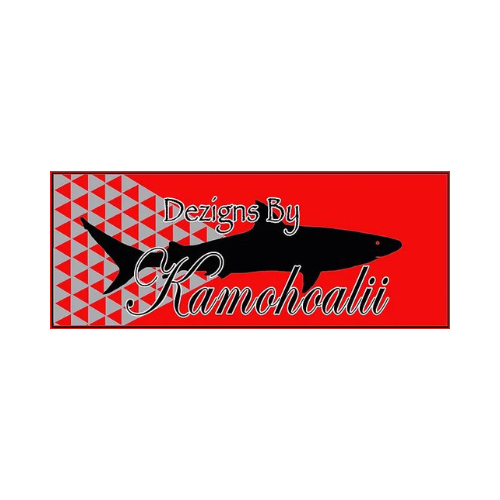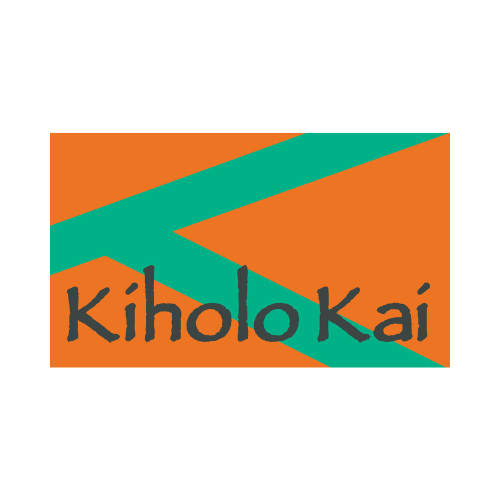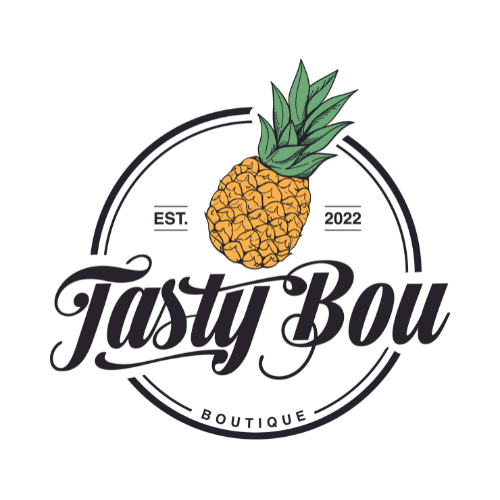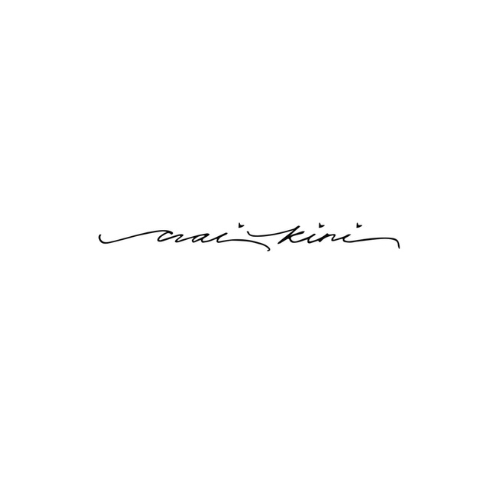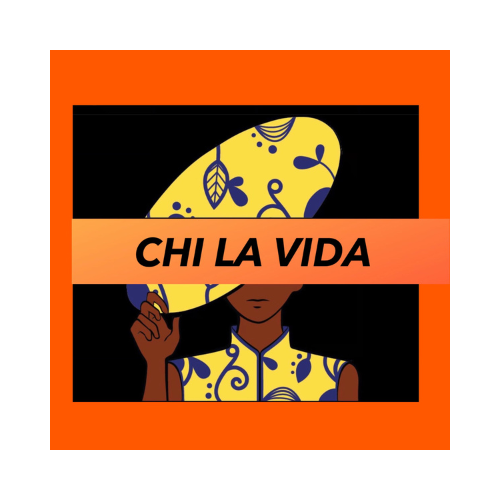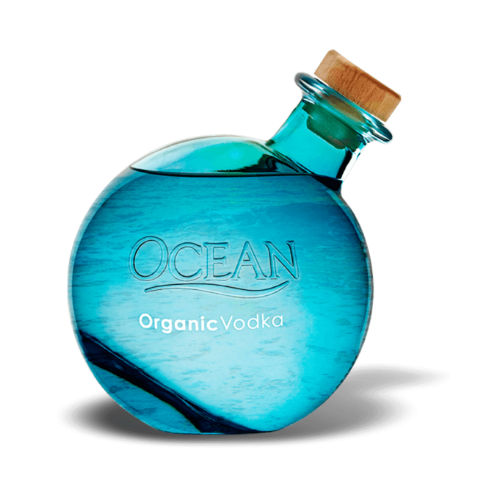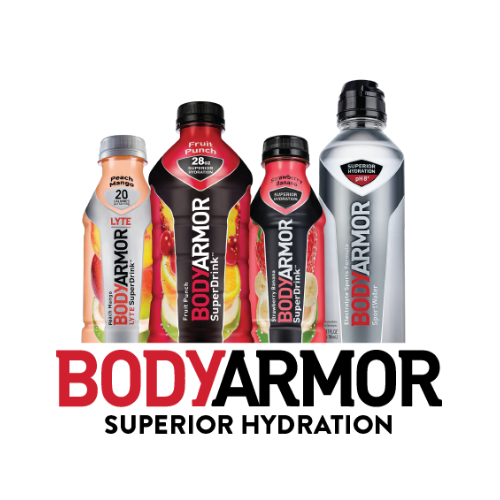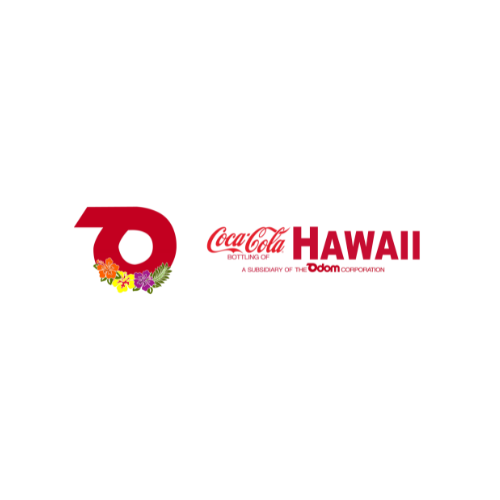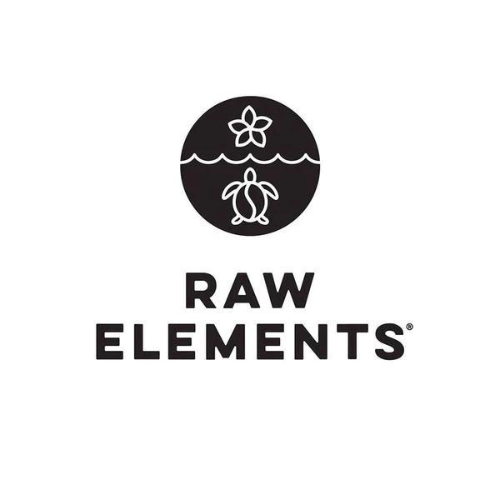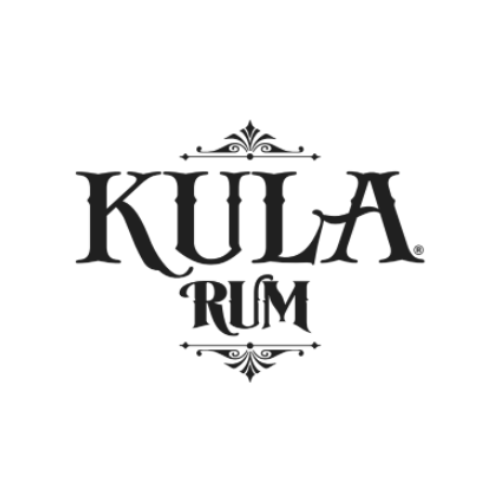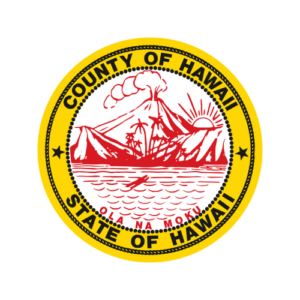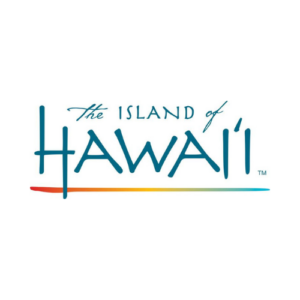Celebrating the Aloha Shirt Festival, Vintage Exhibit, and Fashion Week Hawai‘i
“Every passion borders on the chaotic, but the collector’s passion borders on the chaos of memories.”
The Aloha Shirt Festival, Vintage Exhibit, and Fashion Week Hawai‘i presented by the Nā‘ālehu Theatre, is a venture in hospitality, bringing both traditional and contemporary wearable arts together to share a moment in time celebrating Hawai‘i’s contributions to the fashion industry.
Recognizing that Hawai‘i Island has no event (except Merrie Monarch Hula Festival) that supports the burgeoning fashion industry, Nā‘ālehu Theatre, under the inspiration of fashionistas, Uncle George Na‘ope, and Cyril Lani Pahinui, crafted what could be one of the biggest spectacles of the year for Kona to celebrate this Island heritage. The festival focuses on the local garment industry. From Thursday, October 13th to Saturday, October 15th 2022, from 10am to 10pm daily, we present the 1st Annual Aloha Week Festival, Vintage Exhibit, and Fashion Week Hawai‘i. The event will be held annually at the new Outrigger Kona Resort and Spa where year-round temperatures and cooling trade winds create the perfect environment for celebrating the origination of the Aloha Shirt.
The event will offer vintage Aloha Wear exhibits, sales, and appraisals. Contemporary designers, vintage collections, and repurposed clothing collections will be showcased in exciting fashion runway shows. Fashion fair pop-up will feature individual designers and various wearable arts and accessories, giving participating producers the opportunity to sell to local and visiting attendees. Runway show events will be live-streamed globally and cross-posted through social media. Traditional wearable arts and crafts and cutting-edge photo workshops will be presented, as well as a variety of speakers, and hair and make-up shows. In addition to wearable arts, as is the local style, the floral industry has agreed to provide wearable floral products and plants to decorate and enhance the runway shows, connecting and branding Hawai’i’s flora to the local garment industry.
Tasty local and vintage food and beverage will be served along with music, hula, and manta watching!
Embracing local culture is what travel is all about. This exhibition reflects one of the most cherished traditions in Hawai‘i, and the public is invited to celebrate the event by “getting in to it”.
The hospitality industry has played a major role in Hawai‘i’s economy since the 1870s. In 1888, King David Kalakaua, an enthusiastic globe traveler himself, recognized the potential for his remote kingdom and granted a royal charter to publish, Paradise of the Pacific a magazine designed to promote Hawai‘i to the world. Though its name changed in 1966 to HONOLULU Magazine, the publication has been in continuous print for 134 years, making it one of the oldest magazines in the United States. From 1870 to 1940, as a result of such government-funded tourism promotions, Hawai‘i’s unique location at the crossroads of the Pacific region’s major trade routes, government mail subsidies to steamship companies, and protective legislation on domestic shipping, Hawai‘i became one of the most successful tourist destinations in the world.
By 1916, Hawaiian music was all the rage in the U.S. Hawaiian records outsold all other genres, while ‘ukuleles were so ubiquitous in college dorms and upper-crust nightclubs that the New York Tribune ran a full-page illustration of an imagined “’Ukulele Square, the Hawaiian Quarter of New York.”
The developing tourism industry also created a demand for souvenirs. Visitors were seeking something that would evoke memories of the romance, exoticism, and relaxed lifestyle of Hawai‘i, so different from their daily routines on the Mainland. And the “Hawaiian” shirt was born from the local work clothing. Although Chōtarō Miyamoto is often credited with creating the first Hawaiian shirt for his store in Honolulu, a patchwork of cultures has contributed to the strongly patterned and boldly colored designs. The local garment industry made early versions of the shirt from salvaged rice sacks, native tapa, and local Japanese-adapted kimono fabric for use in men’s shirting. A visit to the Bishop Museum’s exhibits of tapa – traditional bark cloth and its repeating geometric motifs and decorative patterns – highlights the first designs. The short-sleeved palaka design was inspired by the checkered shirts worn by sugar plantation workers in the 1800s. Subsequent designs included a variety of bold repeating patterns with Island flora, pineapples, marine life, specific places visited, and various strong color schemes.
With the opening of the Moana and Royal Hawaiian Hotels in Waikiki, purposely built for the growing Hawai‘i tourism trade, visitors arrived after long journeys by sea – many onboard a Matson Line passenger ship.. As the ships rounded Le‘ahi (Diamond Head), pilot boats were sent out to distribute lei to the arriving passengers who were then welcomed at the Honolulu Harbor underneath the landmark Aloha Tower by musicians, hula dancers, and a hearty “Aloha!” Stays in the Islands were often lengthy after travelers disembarked from their long ocean voyage.
Hotel guests enjoyed ocean vistas, garden views, white sand beaches, and crashing surf while experiencing the relaxing atmosphere of a perfect island getaway and living the good life in the tropics, decked out in classy but relaxed versions of “Hawaiian” shirts and khakis.
During the Great Depression of the 1920s and early 30s, when times were tough and many mainland Americans longed for the never-ending summer lifestyle that Hawai‘i offered, travelers again cast their eyes toward Hawai‘i; and Aloha Shirts (aka “Hawaiian” shirts) became the prized reminders of travelers’ stay in the islands.
In the 1930’s, Ellery J. Chun saw the opportunity to help his family generate business and turned his Chinese dry goods shop into the first mass producer of Aloha Shirts. Chun came up with a design and started with a few dozen bright printed Hawaiian patterns with palm trees, hula girls, and pineapples. Chun’s shirts achieved popularity among tourists and found greater commercial success as time went by with Service members returning to the Mainland from the Pacific,making the signature apparel more popular than ever. Since then, numerous Hawai‘i firms such as Watumull’s East India Store, Kamehameha Garment Company, and Branfleet Sportswear Company produced shirts with fabric designed by local artists including Keoni of Hawai‘i, Elise Das, and Isami Doi.
The local industry continued to grow as the local population integrated Aloha Shirts into their wardrobe and servicemen purchased them to offset military uniforms during WWII stays in the Islands. The trend swept across the ocean to the U.S. Mainland as ever-increasing numbers of tourists in the post-war years purchased them and Hawai‘i producers exported large quantities to the U.S. Mainland and abroad.
Although Hawai‘i originated the Aloha Shirt/Aloha Wear, Island-inspired lifestyle brands discovered Aloha Wear and made Hawai‘i a mecca for all things vacation wear, defining a relaxed, sophisticated style in men’s and women’s sportswear, swimwear, and accessories. The likes of Calvin Klein, Oscar de la Renta, and even high fashion brands like Prada and Gucci started producing outside Hawai‘i, co-opting a piece of Hawaiian culture and adding Aloha Shirts to their collections.
Today, Aloha Shirts remain a staple in Hawai‘i in local life and in the tourism industry. Hawai‘i is a laid-back place where casual is the norm. Many Hawaiians and locals wear Aloha Shirts practically every day including to work, parties, dinner, or just a casual BBQ. The Hawaiian shirt is everywhere now, at home and in the boardroom. In fact, a nice button-up collared Aloha Shirt is considered formal dress in a lot of places on the Islands, ranging from sun-faded vintage to custom fitted and traditional graphic patterns and their expression of life and multi-race heritage of Hawai‘i.
Nearly every celebrity and men’s fashion icon from Montgomery Cliff and Elvis in 1950s, to the decidedly unhip Richard Nixon, seemed to have an Aloha Shirt. American heroes from three-time Olympic swimming champion and surfing pioneer Duke Kahanamoku to singer Bing Crosby have lent their names to particular brands.
Tori Richards’ “Resort is a state of mind,” and Avanti’s heritage print collections inspired Tony Margolis, Bob Emfield, and their wives to muse about never leaving the beach. This led to the invention of a character named Tommy Bahama in the 1980s. By asking, ”What would Tommy wear?” and imagining the details of his life, they unwittingly created the springboard for starting a new brand and the Tommy Bahama Group, Inc. Claiming the Island-style clothing industry, they now have eight retail stores and three restaurants in Hawai‘i, even while rebranding the style to the Bahamas.
Designed to conjure up an Island attitude, resort wear has an estimated market value north of $20 billion and growing. The global travel market (encompassing resort wear) was valued at $8.8 trillion in 2018, accounting for 10.5% of GDP and (post COVID) is projected to rebound and grow by 4%. Increased global mobility — meaning more frequent trips to sunny destinations — has created year-round demand for swimwear and resort wear brands. Retailers have responded, driving significant growth in the category—from large luxury players to new specialist labels.
Although the trend has ebbed and flowed since its inception, there is always a renewed resurgence with each new decade. Aloha Shirts are now a fashion MUST HAVE! Presidents from Harry Truman to Barack Obama acquired personal collections of Aloha Shirts that they kept as prized reminders of their stay in the Islands! Even Santa Claus is depicted hanging out in Aloha Wear as he kicks back at his last stop after the annual Christmas Eve run.
Recently, Hawai‘i’s designers and cultural practitioners like Sig Zane, Hawaiian Force, Micah Kamohoali‘i, and Aloha Victor have redefined traditional graphics and styles that showcase Hawai‘i’s own Indigenous and other Polynesian cultures. Several outstanding fashion designers have self-funded travel to N.Y. to exhibit Hawai‘i-inspired/produced fashion.
Aloha Shirts are an authentic way to share our local culture without concerns of cultural appropriation. Aloha Shirts are an inclusive garment that locals and tourists can both enjoy. Visitors can get to know local designers and start building their wardrobe of authentic or even vintage Aloha Shirts to take a slice of Island life back home with them.
The listed activities are just some of the activities that will be represented and available to experience.
Proceeds will help to provide scholarships for youth programs and assist with future program development.
You will be immediately immersed in the Aloha Spirit.
Tickets $10 to $300 (all inclusive) available at: www.AlohaShirtFestival.com
E komo mai! Please join us
For More Information:
Contact: Chelle Pahinui
